Pleasantly Disputing for Place and Precedence, The Brewers-Cart being Moderator. A small book by Henry Peacham written in 1636 and detailing an argument had between two forerunners of the London cabby on the streets of London. What is handy is that the text agrees with the pictures, dating the image securely and there is a description of what the two are wearing.

The One (the lesser of the two was in a suite of greene, after a strange manner, winnowed before and behind with Isen-glasse, having two handsome fellows in greene coats attending him; their lace coats were lac’d down the back with a greene lace suitable, so were their half sleeves which persuaded me at first they were some cast suites of their Masters; their backs were harnessed with leather cingles, cut out of a hide so broad as Dutch-collops of Bacon, whereat I wondered not a little, being but newly come out of the Countrie, and not having seen the like before.
Here he is in his green coat with half sleeves, over a doublet and breeches, as well as a tradesman’s cap and small falling band. Over all he has the leather straps (like Dutch collops) that spread the load of the sedan chair/

The odd thing about this description is that id doesn’t really tie in with the picture. However, if you look at this as a satyrical piece, you realise that the character “Coach” is actually the coach rather than the coachman!
The other was a thick burly square set fellow, in a doublet of Black-leather, Brasse-button’d down the brest, Backe, Sleeves, and winges, with monstrous wide boots, fringed at the top with a net fringe, and a round breech (after the old fashion) guilder, and on his back-side an Atcheivement of Sundry Coats in their proper colours, quartered with Crest, Helme and Mantle, besides here and there, on the sides a single Escutchion or crest, with some Emblematicall word or other; I supposed they were made of some Pendants, or Banners that had been stollen, from over some Monument, where they had long hung in a Church.
The actual description comes a bit further on, though I must admit I’m none the wiser, though I love the language here:
Beeing in this discourse comes whistling by with his Carre, a lustie tall fellow red-haired, and cheeks puffed and swolne as if her had beene a Lincoln-shire-baggpiper, or a Dutch Trumpeter under Grobbendonck, in a Canvas frock, a red-cap, a payer of high-shooes, with his whip in his hand
Here’s the carter in his leather doublet (note brass buttons in the text) and his livery coat over the top. Strangely no boots, though the woodcut seems correct in all the other departments.

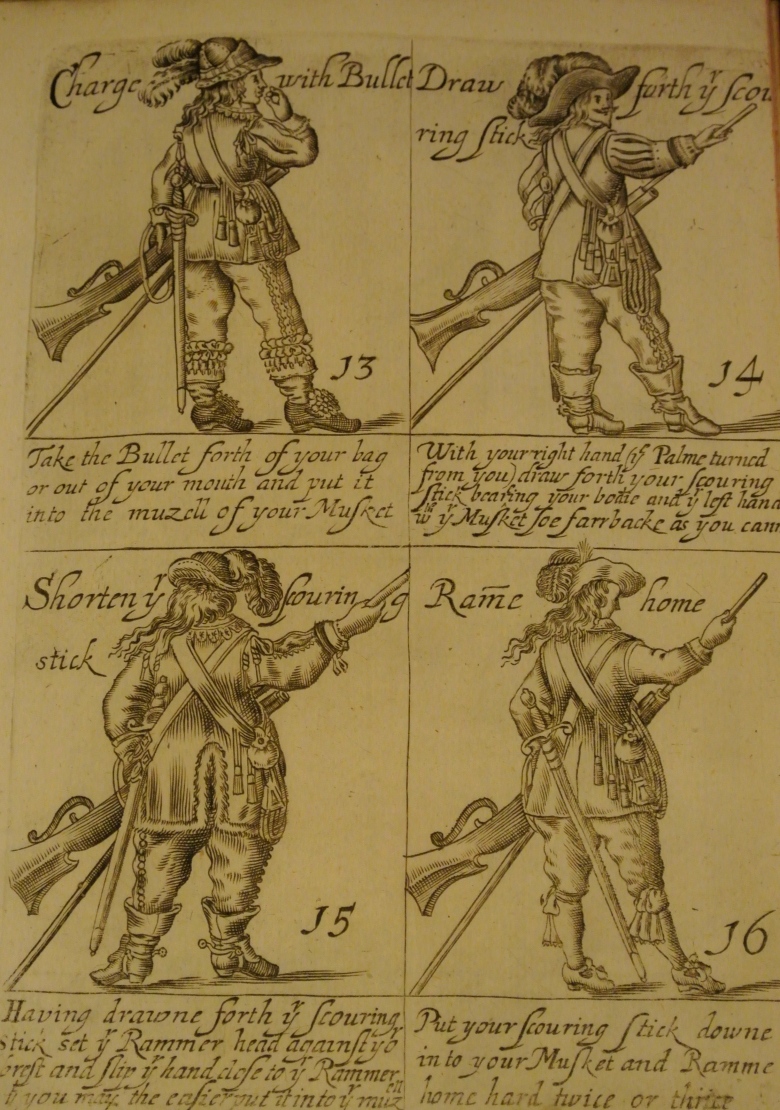
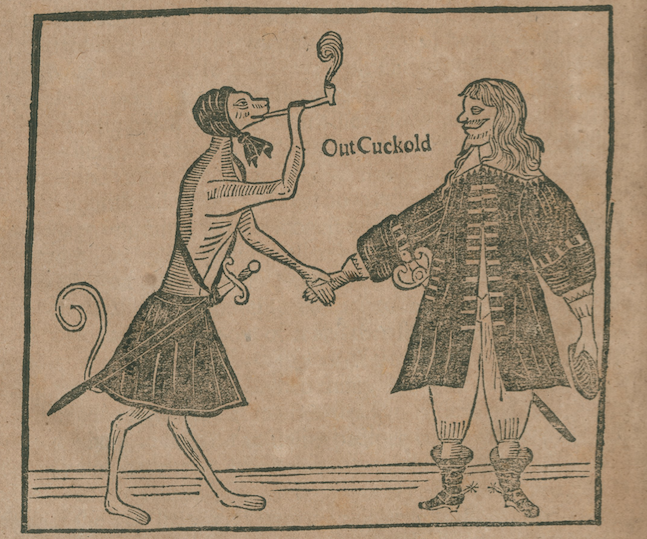

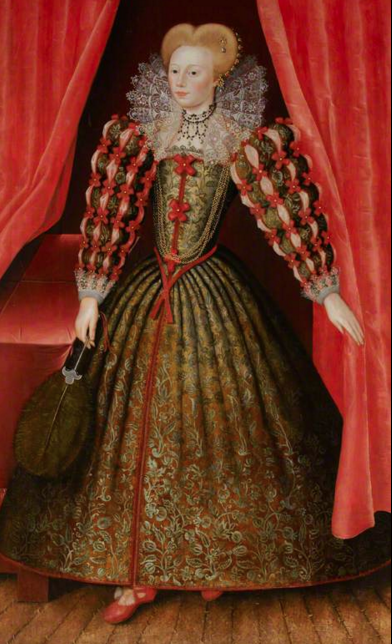
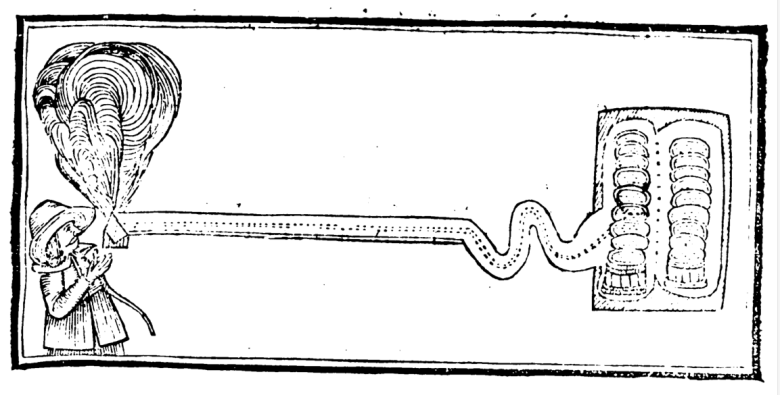
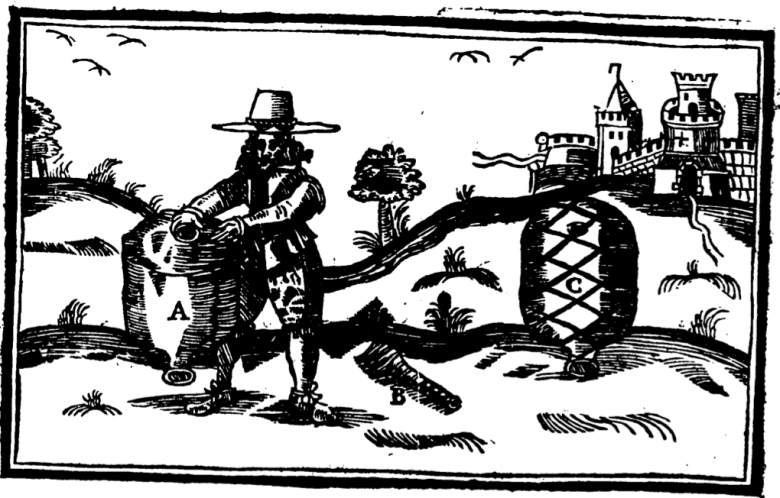
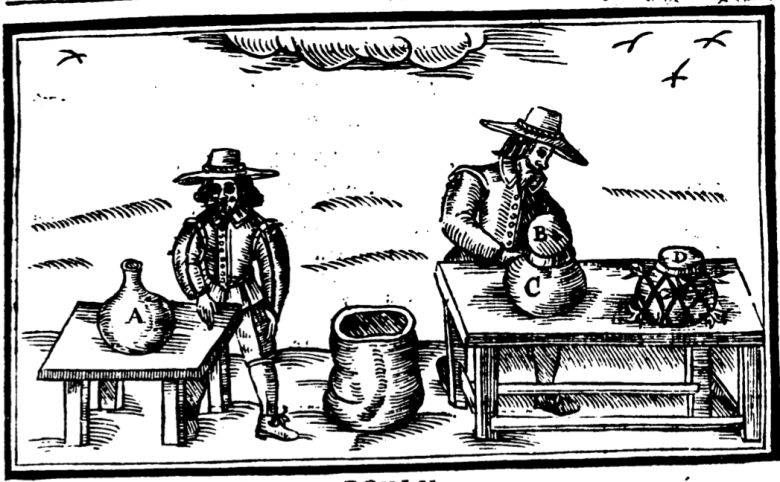
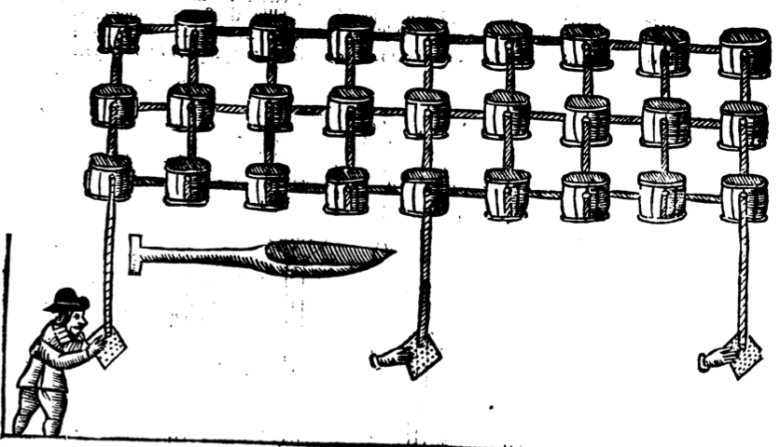
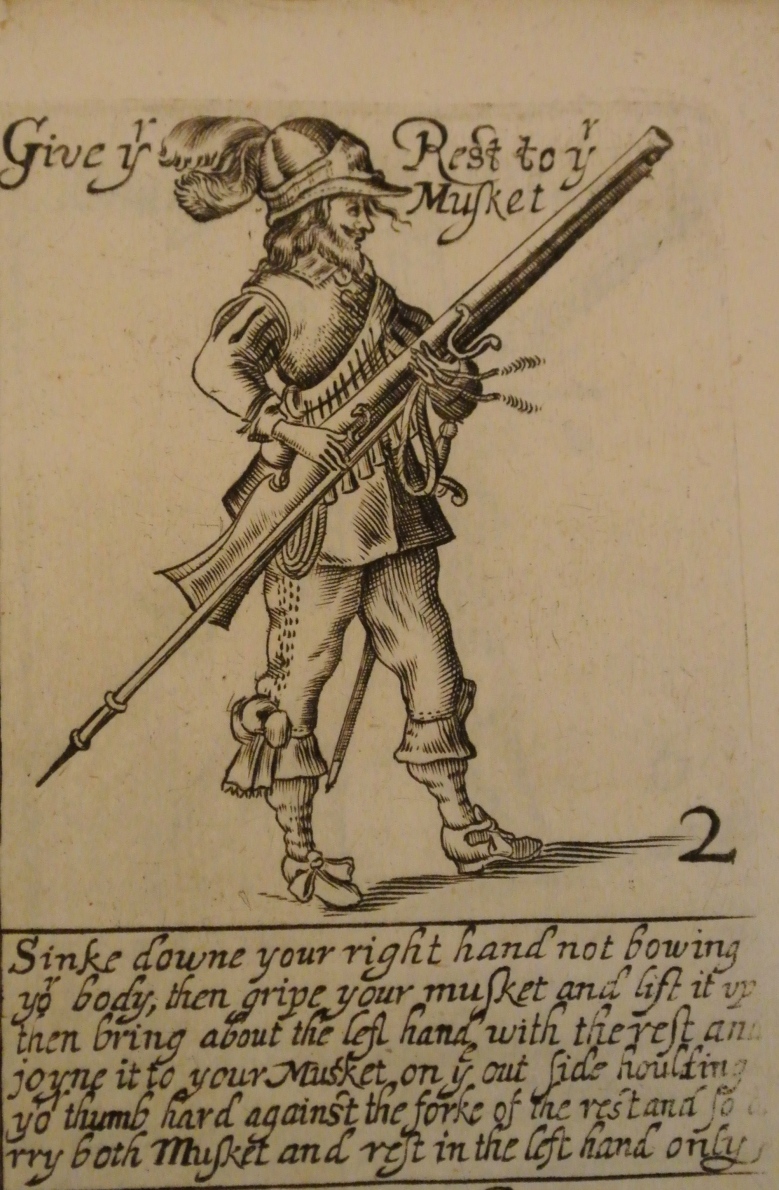
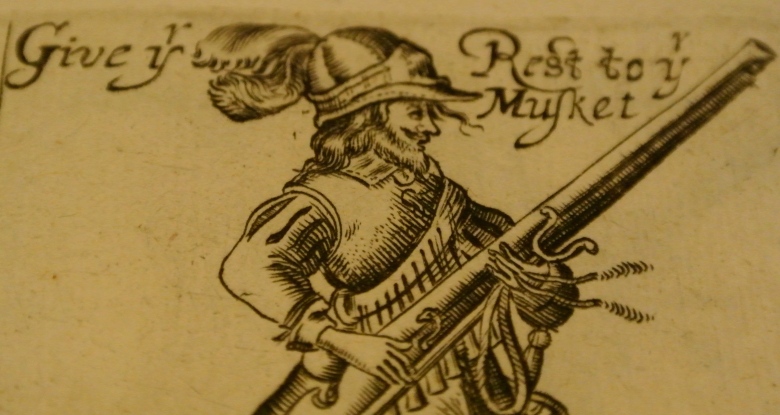









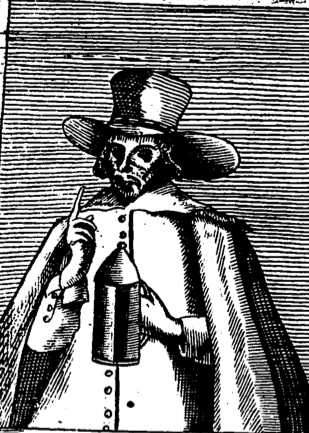
 By cunning art my way’s more nearly spun,
By cunning art my way’s more nearly spun,